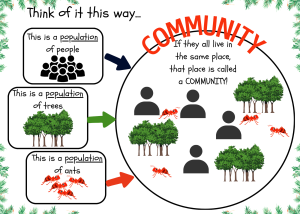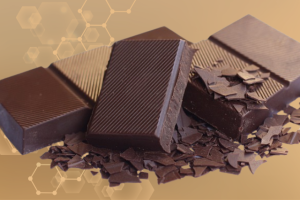Why have writing in the science classroom?
So, after reading the title, you may be directing these questions at me:
- You’re using writing in your science classes, right? My past reply would have been… To a degree, yes, I have used writing in my science classroom.
- Were writing skills part of your regular plans? My response to this is… At first, no. Later on, more so.
Past Hindrances
My past reasoning for not including more writing in my science classroom was two-fold:
First, our state standards were, for the most part, monumental for the grade level (8th). And, given the brevity of time and constraints of our pacing guide, it wasn’t always feasible. At that time, we taught the entire course two times each year. That’s right a semester for an entire year of Physical Science. Keep in mind, that we used block scheduling with about 80-85 minute class periods.
Secondly, I had this silly notion that each student’s writing exercise had to be thoroughly graded. I’m not only talking about content but spelling and grammar too.
Boy were those crazy ideas! As they say, “hindsight is 20/20”.
Adding Writing in My Science Classroom
Current Events
A key method I used to add writing in my science classroom involved connecting unit topics to current events. For instance, it was easy to blend current events with our unit on energy. After covering the forms of energy, we would explore the alternative forms of energy. Talking about the pros and cons of each alternative form of energy comes naturally.
As a bell ringer, short assessment, or exit pass, it was simple to judge their comprehension. I would ask questions like:
“Considering we have a large coastal area, why don’t we use wave (or tidal) energy as an alternative in our state?”
I enjoyed posing open-ended questions and reading student responses. I gained a lot of insight into their thinking by reading. And the answers revealed a lot about the student.
With two or three-word answers I assumed (knew) that they were being lazy (to see what they could get away with) or had no idea of how to write a proper response (possible, but not too likely). Before grading these 2-3 word answers, I made comments to draw out more of their understanding. “What do you mean by __?” “Can you tell me more about what you are thinking?” Write 2-3 sentences.
Naturally, I knew that the Language Arts teachers made students write. Heck, it was part of the curriculum. They seemed to run up against the same wall as the science teachers.
The one thing I did know was that making writing a habit makes it easier. The more you practice, the better you become… with a little coaching, of course.
Lab Reports
Another way I integrated writing into my science curriculum was by having students write up lab reports. The type I refer to isn’t a series of questions, but a full-fledged lab writeup. That meant writing a problem, hypothesis, and procedure, and creating their conclusion based on a few key questions I provided. Granted, this wasn’t always the best means of delving into critical thinking skills. As occurred with current issues related to science. But, it did give them practice and made them think.
Choices
The last means I used to merge writing with science was by using choices. Choices were options given to students after covering a key area of science. It included everything from watching a video and answering questions, creating a short play or piece of art, conducting a mini-lab, or answering questions from a text. There were other methods, and, as you can tell, writing wasn’t always at the fore with this method. However, it did give students who picked a writing-based choice to use those skills.
Solid reasons for including writing in your science classroom
Here are some reasons why you and your students will benefit from science writing exercises:
Student benefits:
- develop writing skills for science work (helps writing formal lab & research papers)
- make connections with an assignment
- explore new ideas
- increase their higher-order thinking skills
- increase understanding and retention
Teacher benefits:
- enlightens the teacher about the child’s understanding and mental processes
- makes lessons more student-centered
- helps teachers assess students’ strengths and weaknesses
- strengthen preparation for high school science classes
What is holding you back?
Were you like me in that you lacked the time to include more in your lesson plans? Maybe, you looked at the volume of work it would create for you. (That was also like me.) Or, possibly, you have a different reason.
Possibly, you have always had writing in your science classroom. Kudos to you!
In looking at current standards, NGSS and others make writing more of a built-in feature. That’s good.
WrapUp
In reflecting on the journey of integrating writing into my science classroom, it’s clear that my initial hesitations were rooted in misconceptions. What about the time constraints and grading burden associated with writing exercises? However, as I discovered creative ways to seamlessly integrate writing into the curriculum, the benefits became undeniable. Not only did it help students develop essential writing skills for scientific work, but they also made meaningful connections with the subject matter, explored new ideas, and honed their higher-order thinking skills.
As a teacher, this approach transformed my lessons into more student-centered experiences, providing me with valuable insights into each child’s understanding and thought processes. In hindsight, the investment in writing proved to be a catalyst for increased comprehension, and retention.
So, whether you’re navigating time constraints or grappling with the perceived grading challenge, the rewards of incorporating writing in the science classroom far outweigh the initial hurdles.
Some Related Reading







